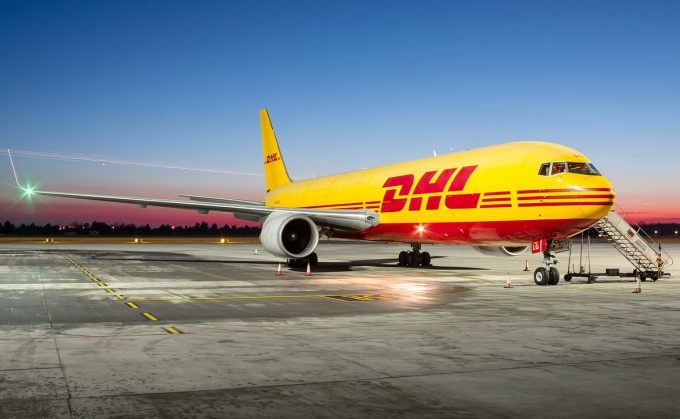Lufthansa Cargo suspends Tel Aviv services after missile attack
Lufthansa Cargo has suspended its services into Ben Gurion Airport, following rocket attacks against Israel’s ...

The rush for conversion slots to boost freighter capacity is heating up. On 22 July DHL signed an agreement with Boeing to convert four 767-300ERs into all-cargo configuration.
“We are excited to introduce additional Boeing 767 freighters to the DHL Express air network,” commented Geoff Kehr, ...

Comment on this article
Rayhan ahmed
October 31, 2020 at 1:57 amThe B777 300ERSF is suited for DHL , UPS,
And the B777 200 F is suited for
Qatar cargo , Emirates cargo .
These are 2 different animals !!!!!